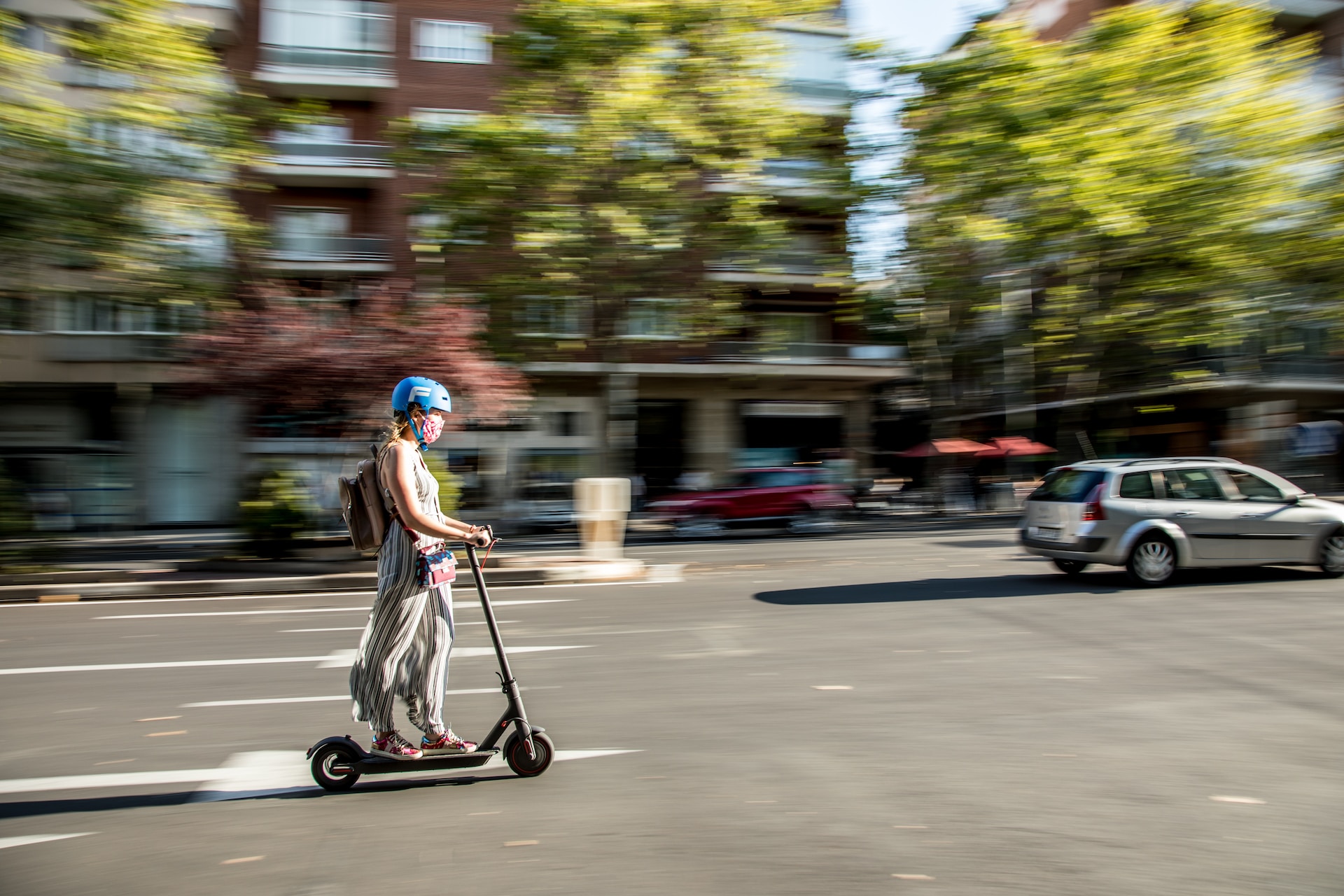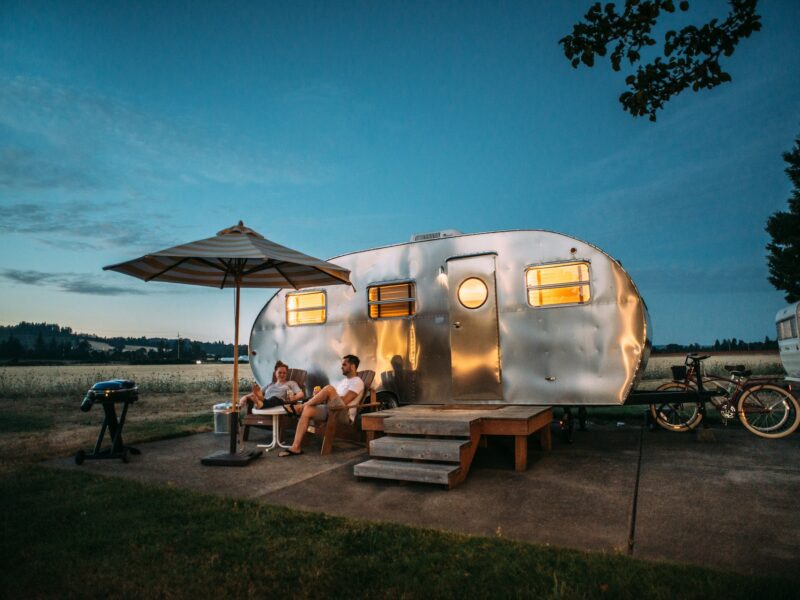E-scooters have become a popular mode of transportation in cities across the country, offering a convenient and eco-friendly way to get around. However, it’s crucial for e-scooter riders to be aware of the laws and regulations governing their use, especially in a state like Washington. In this blog post, we’ll discuss specific e-scooter laws in Washington and give you safety tips to ensure a smooth and secure ride.
Contents
General E-Scooter Laws in Washington
Washington state laws laid out specific classifications and requirements for e-scooter riders, each designed to promote responsible driving while using an e-scooter. From age restrictions to mandatory safety gear, the following are general e-scooter laws you should be aware of before operating an e-scooter:
- Classification: E-scooters are officially classified as motorized foot scooters under Washington state law. This classification places them under specific regulations and requirements.
- Age Restriction: To operate an e-scooter in Washington, riders must be at least 16 years old. This age limit is set to ensure a basic level of maturity and responsibility while riding.
- Helmet Requirement: Safety first! All e-scooter riders in Washington are required to wear a helmet. This simple precaution significantly reduces the risk of head injuries in the event of an accident.
- No Sidewalk Riding in CBD: E-scooters are prohibited from being ridden on sidewalks within the Central Business District (CBD). This helps maintain pedestrian safety in busy urban areas.
- Speed Limit on Public Streets: E-scooters should not be ridden on public streets with a speed limit exceeding 25 mph. This regulation aims to ensure the safety of riders on roads with higher traffic flow.
- No Riding Under the Influence: Just like with automobiles, riding an e-scooter under the influence of alcohol or drugs is strictly prohibited and can lead to serious consequences.
- Yielding to Pedestrians: E-scooter riders must always yield the right-of-way to pedestrians. This fosters a culture of respect and safety on shared pathways.
- Obeying Traffic Laws: E-scooter riders are required to adhere to all other traffic laws, including stop signs, signals, and right-of-way rules.
Additional E-Scooter Laws and Regulations in Washington
These rules not only contribute to a safer environment for all road users but also help maintain order and harmony in urban settings. E-scooter riders must follow these laws and regulations:
- Bike Path Restrictions: E-scooters are not allowed on bike paths. This is important to prevent conflicts between e-scooter riders and cyclists.
- Designated Parking Areas: When not in use, e-scooters must be parked in designated areas to maintain order and prevent obstruction of pedestrian walkways.
- Nighttime Riding Regulations: Riding e-scooters is restricted between one-half hour after sunset and one-half hour before sunrise, unless the scooter is equipped with reflectors for visibility.
- Permits for Rental Companies: E-scooter rental companies operating in Washington must obtain a permit from the city or county in which they operate. This helps ensure compliance with local regulations.
- Helmet Provision and Instructions: E-scooter rental companies are required to provide riders with a helmet and instructions on how to safely operate the scooter. This extra step enhances rider safety.
Safety Tips for E-Scooter Riders
It’s essential to prioritize safety. Start by easing into your ride, gradually increasing your speed as you grow more accustomed to the e-scooter’s handling. Maintaining a keen awareness of your surroundings is paramount, as unexpected obstacles may arise. To communicate your intentions to fellow road users, utilize clear hand signals for turns and stops. Just as you would when operating a car, it’s imperative to adhere to all traffic laws and signals. Extend courtesy to pedestrians, cyclists, and motorists, fostering a culture of respect on the road.
In addition to these fundamental safety measures, consider the following tips to enhance your e-scooter experience: don bright clothing or use reflective gear to bolster your visibility, especially in low-light conditions. Avoid riding on wet or icy surfaces, as this can compromise your control over the scooter. Exercise heightened caution when riding at night or in environments with limited visibility. Lastly, be attuned to your own limits, refraining from riding when fatigued or impaired.
E-scooters present a convenient and eco-conscious mode of transportation, but being well-informed about laws and safety precautions is crucial. By adhering to these guidelines, e-scooter riders contribute to their own safety and that of others who share the road.
Who is Liable in an E-Scooter Accident?
According to Vancouver personal injury attorneys at NW Injury Law Center, determining liability in an e-scooter accident in Washington depends on the specific circumstances. Potential parties that may be held liable include the e-scooter rental company, the city or local government, negligent motorists, other scooter riders, or even the rider themselves. It’s worth noting that rental companies often have liability waivers, but these are not always enforceable.
By following these guidelines, e-scooter riders not only protect themselves but also contribute to a safer transportation landscape. In the unfortunate event of an accident, liability may fall on various parties, including rental companies, local authorities, negligent motorists, fellow riders, or even the rider themselves. It’s essential to note that liability waivers, though often present, may not always shield companies from responsibility.



